Physics
Fox
Summary
- The absorption, transmission, and reflection of a material depends on the colour of light.
- An opaque material has a colour because it reflects that colour of light, and absorbs all other colours.

- A transparent/translucent material has a colour because it transmits that colour of light, and absorbs all other colours.

ORANGE
Yeah, that's right
We have previously talked about how light interacts with materials — but we didn't tell the whole story, as we didn't talk about colour.
Everything we talked about before is still true, but with one new detail: The absorption, reflection and transmission of a material depends on the colour of light.
Let's see how this explains the colour of opaque and transparent/translucent materials…
Most of the stuff around you is probably opaque. You'll notice that lots of them have different colours. Why is this?
An object has a colour because it reflects that colour of light, and absorbs all other colours. E.g. This orange is the colour orange, because it reflects orange light, and absorbs all light that isn't orange:

White objects reflect all colours of light, and black objects absorb all colours of light.
Note that a coloured object can't change the colour of light incident upon it. For example, if you shone only blue light on an orange, the blue light would be absorbed — no light is reflected, so the “orange” would appear black.

You might be familiar with this effect if you've ever been on a road with orange streetlamps. Anything colourful you're wearing now appears black, or shades of orange.

By the way, the colour orange is named after the fruit, not the other way round!
A filter only lets one colour of light through. For example, a blue filter will only let blue light through:

So if you hold up a blue filter to your eyes, the world will appear only in shades of blue:

Note that a filter can't change the colour of the incident light. For example, if you shone only red light onto a blue filter, the red light would be absorbed — so no light is transmitted through the filter.

This means that if you put a differently-coloured filter after another filter, no light will get through!

Filters are used in photography and stained-glass windows:

This page doesn't tell the entire story of how coloured objects work.
Everything above works under the assumption that:
1) Opaque objects perfectly reflect only one exact colour of light.
2) Filters transmit only one exact colour of light.
In truth, opaque objects and filters will often reflect/transmit a range of colours of light.

For example, an opaque orange object might reflect a range of light from red to yellow.
This means that some red and yellow light is reflected by an orange object. This means that, under a pure red light, an orange will appear red (instead of black, as we would have predicted before).

(Note that, under a blue light, an orange will still appear black. This is because blue is not a 'near colour' to orange.)
A blue filter might transmit a range of light from green to violet, although it is still mostly blue light that gets through.
This means that some green and violet light does actually go through a blue filter (although it will appear a darker shade of green/violet than without the filter).
Congratulations!
12 of 12 questions completed
+ ⭐️ collected.
Sign up (for free!) to:
• save your progress 📊
• create constellations✨
• customise your fox! 🦊







